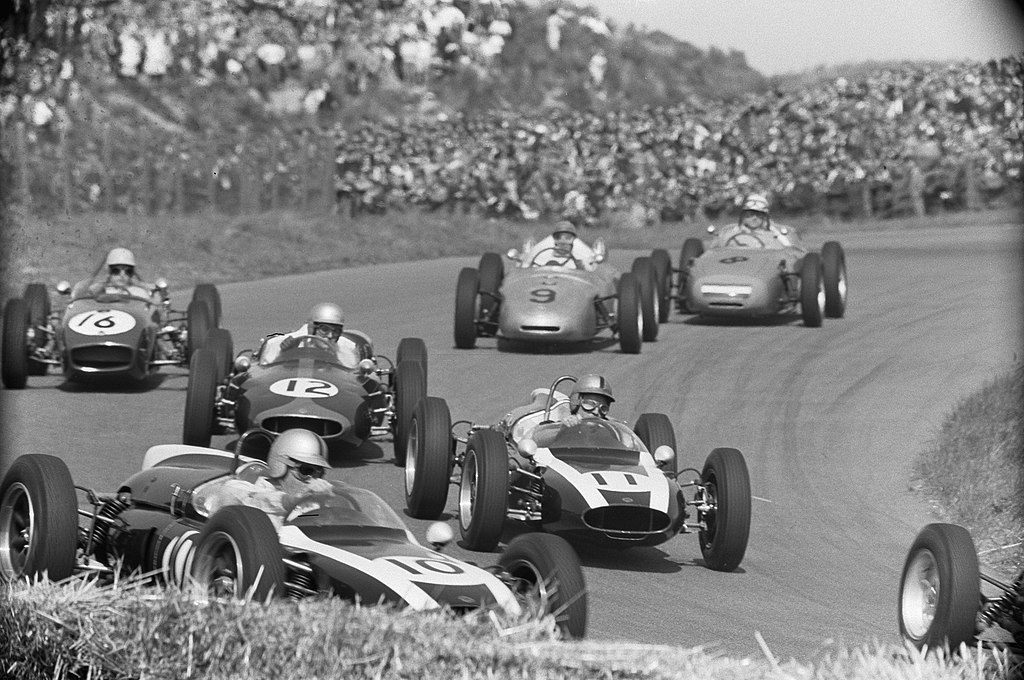
As Formula 1 returns to Zandvoort for the first time in 36 years, we take a look back at five historic motorsport milestones which have unfolded at the Dutch Grand Prix.
1962: First win for Graham Hill
Zandvoort was the scene of Graham Hill’s first Formula 1 victory in 1962. As the opening round of the season, the Dutch Grand Prix proved a sign of things to come in 1962, as Hill and his team BRM would go on to secure both the Drivers’ and Constructors’ titles before the end of the year.
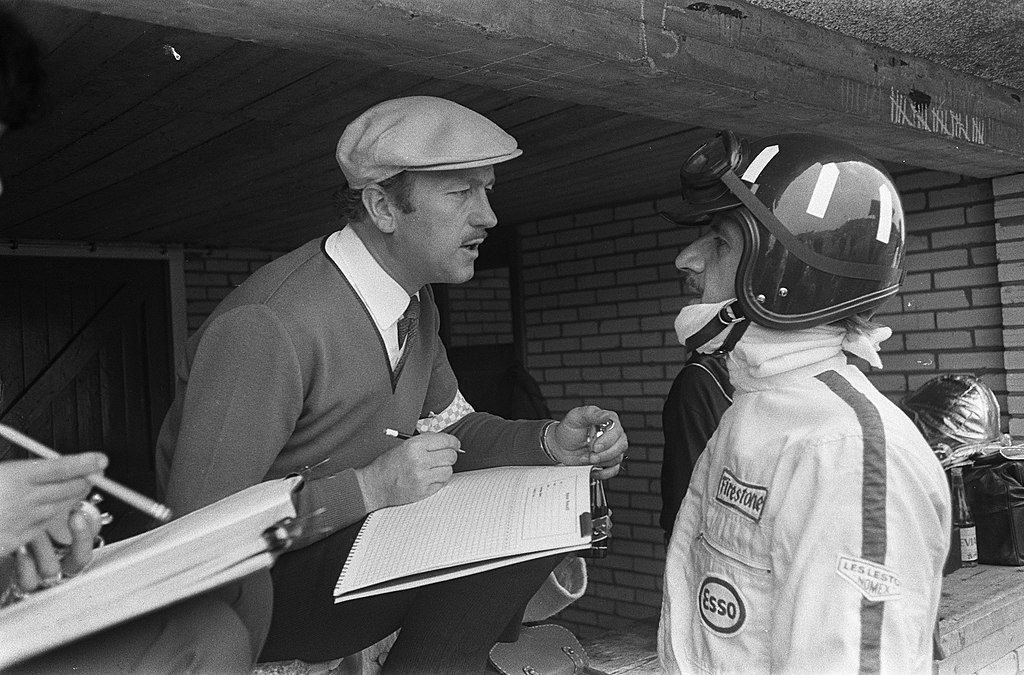
Hill finished the race 27 seconds ahead of Lotus’ Trevor Taylor. It was his second podium finish, having scored his first at Zandvoort two years previously. Hill would win fourteen races in his career, competing in 175 races over no less than 18 seasons.
1964: Last race for a Porsche
The 1964 Dutch Grand Prix was the last to feature a Porsche car. As a works team, Porsche entered a number of races between 1957 and 1962. Dan Gurney was their most successful driver, finishing on the podium five times and taking their only win at the 1962 French Grand Prix. Porsche quit F1 at the end of 1962 due to high costs.
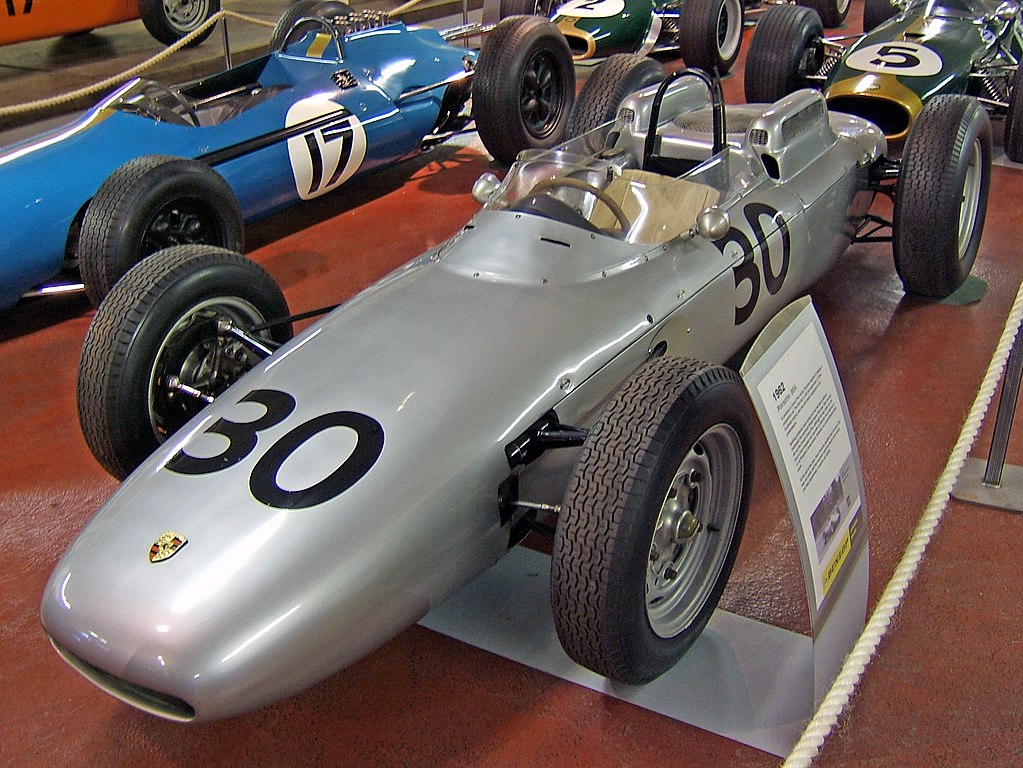
Pictured above is the only Porsche to win an F1 race. Dan Gurney took victory at the 1962 French Grand Prix. (Image: John Chapman, CC BY-SA 3.0)
A number of drivers continued to race Porsche cars in races, however. In the 1964 Dutch Grand Prix, local racer Carel Godin de Beaufort would be the last to do so. He entered in a privately owned Porsche 718 for his own Ecurie Maarsbergen team. He retired from the race after eight laps with engine difficulties. It would be his last race appearance; he entered the German Grand Prix later in the year but was killed in qualifying.
Porsche have not been involved in F1 since supplying engines to Footwork Arrows in 1991. The partnership was far from a success. Porsche built and tested an engine for potential use in the 2021 season, but the outfit chose to concentrate on Formula E instead.
1978: Last win for an American
The 1978 Dutch Grand Prix resulted in Mario Andretti taking the last win for an American driver in Formula 1. In the relatively uneventful race, Andretti led home Lotus team-mate Ronnie Peterson by just 0.32s.
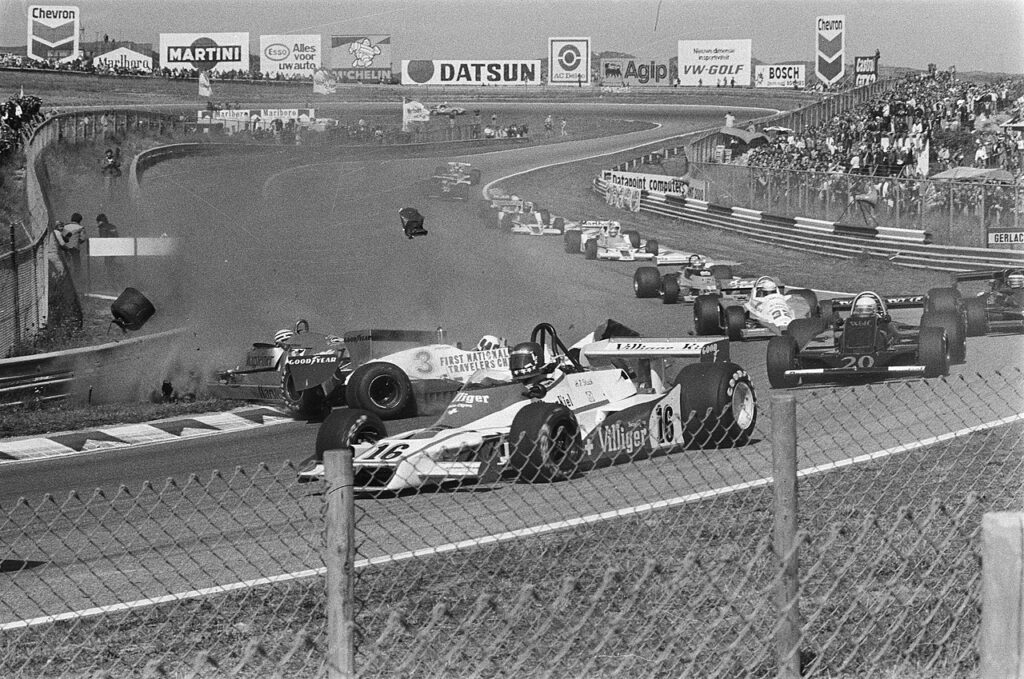
It was the sixth and final victory of Andretti’s championship-winning year, and he would clinch the title at the next race in Italy with a sixth place finish. It would also be the final 1-2 for the Lotus team, as well as Peterson’s last finish in Formula 1, as he died as a result of an accident at the next race in Monza.
The win would prove to be the last of Andretti’s career, with him finishing on the podium only twice more over the next four seasons. Since Andretti left the sport, there have been only five more American drivers. The last race to feature an American was the 2015 Brazilian Grand Prix, in which Alexander Rossi raced for Manor.
1961: Only F1 race in which no drivers made a pit stop
In a time where reliability was not at its peak, the 1961 Dutch Grand Prix is a remarkable race in Formula 1 history. For the first time, every driver who started the race reached the chequered flag. The field was bookended by German drivers: Wolfgang von Trips won (taking the first ever win for a German driver), while Hans Hermann finished last and three laps down. This feat alone is remarkable enough, however none of the drivers made a single pit stop. It’s the only race in F1 history that no driver pulled into their garage at some point.
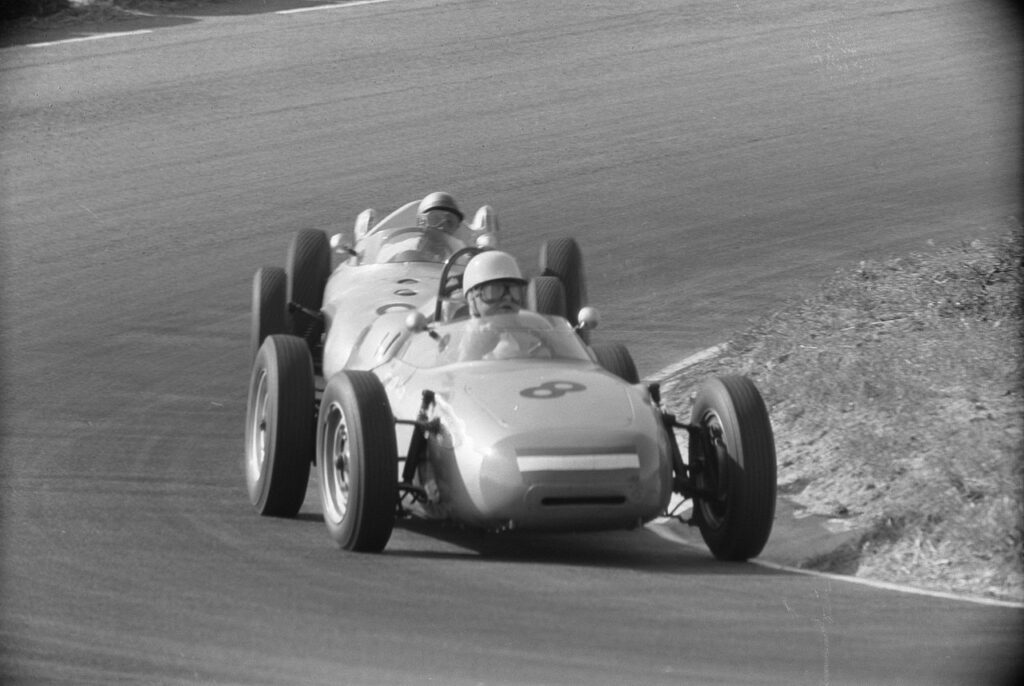
It was not until the 2005 United States Grand Prix, over forty years later, that an F1 race would be completed without a single retirement again – but even then, only six cars started the race. Later that season, at the 2005 Italian Grand Prix, all twenty drivers who started reached the end of the race. It has happened eleven times in total, most recently at the 2021 Belgian Grand Prix.
1975: Only win for Hesketh
The Hesketh team took their only race victory at the 1975 Dutch Grand Prix. Niki Lauda had taken pole for the event, but the onset of wet weather on Sunday morning meant that drivers were granted time for exploratory laps in the rain. The weather dried up by the time the grid formed, only for the heavens to open once again before the start of the race.
The start of the Grand Prix was delayed, but Lauda proved unstoppable at the start. As the track dried, James Hunt was the first to switch tyres. It proved to be an inspired choice, as the Hesketh driver took the lead on Lap 15. As Lauda found the groove, he raced Hunt hard until the end – but crossed the line one second behind the Brit. Hunt took his first victory and the only win for the underdog team.
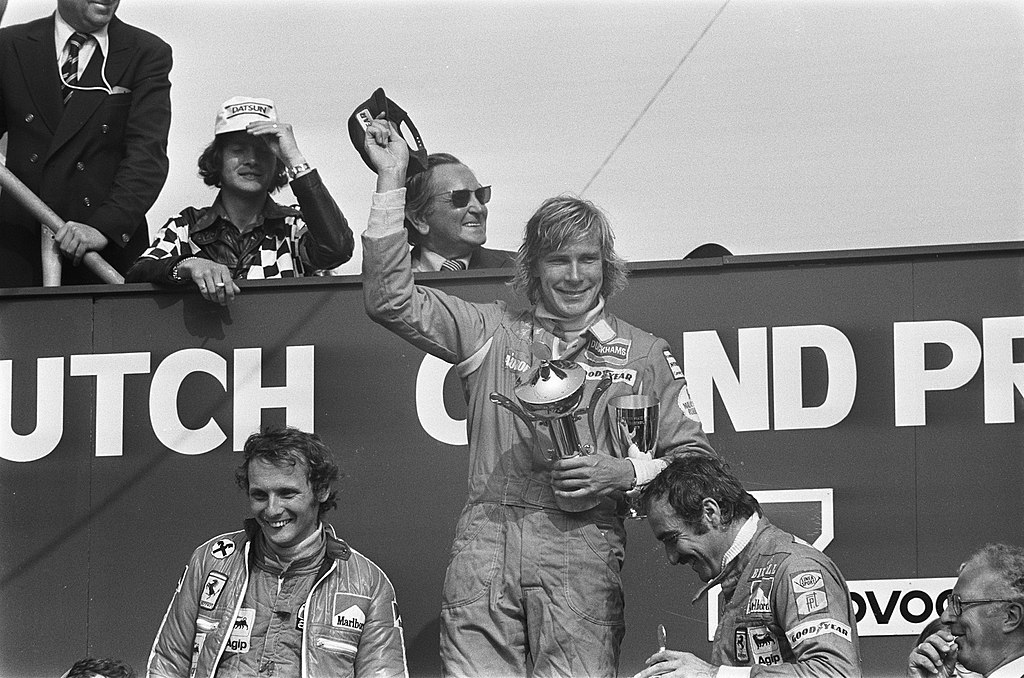
Hunt would score two more podiums for Hesketh in 1975 before moving to McLaren for 1976, where he’d ultimately beat Lauda to the title in one of the most memorable seasons of all time. Hesketh continued racing in F1 until the 1978 Belgian Grand Prix, when they folded, but Hunt was the last driver to score points for the team.